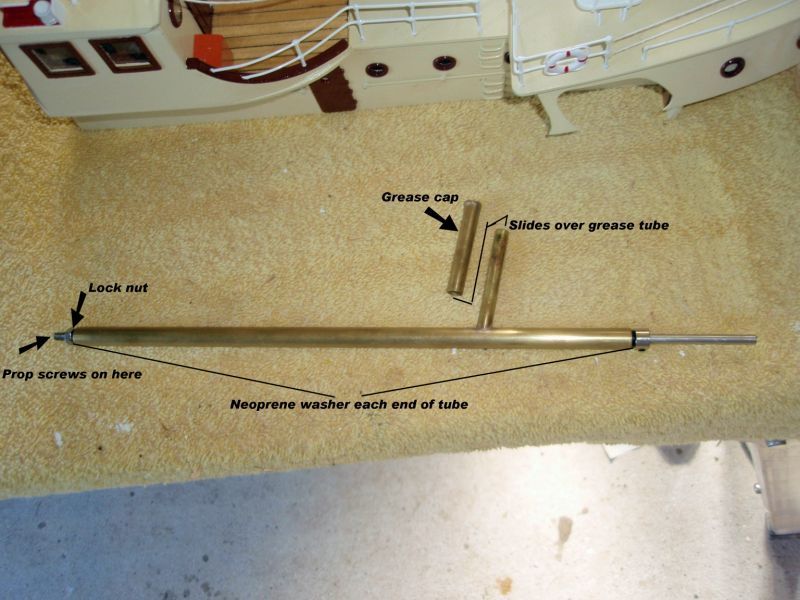The rudder tube is rarely a problen if the inner end is above the waterline, but an application of water resistant grease during the fitting of the rudder invariably lasts until the next time the rudder needs to be de-mounted (say, for prop shaft attemtion).
Cleaning metal prior to soldering. It just needs to be free of grease, paint, dirt and tarnish. The first three respond to a wipe, application of preferred degreaser (meths on a cloth works well and is cheap and readily available), the tarnish just any fine abrasive paper, but glasspaper is preferred since it doesn't leave any conductive residue where its not wanted, and a final wipe. If the component legs are pre-tinned, the tarnish will vanish when it meets the soldering iron and fluxed solder. If the surface is protectively plated, (like a battery) the plating needs to be removed. Gold plating (as some component legs) solders very readily.
It is possible to get a brush stroke free finish using brushed enamel – it just needs a proerly prepared surface, a good brush, properly looked after, and the discipline to not be too greedy or hurried applying the paint. Thin coats, a generous wait for drying and a gentle rub down before the next coat. Much the same as spraying – poor preparation of the workpiece and painting environment can cause a spray job to be just as rough as any brush job. Done properly, both are equally good. Of course, if not stripping back, any blemishes left will be highlighted in the new finish.





